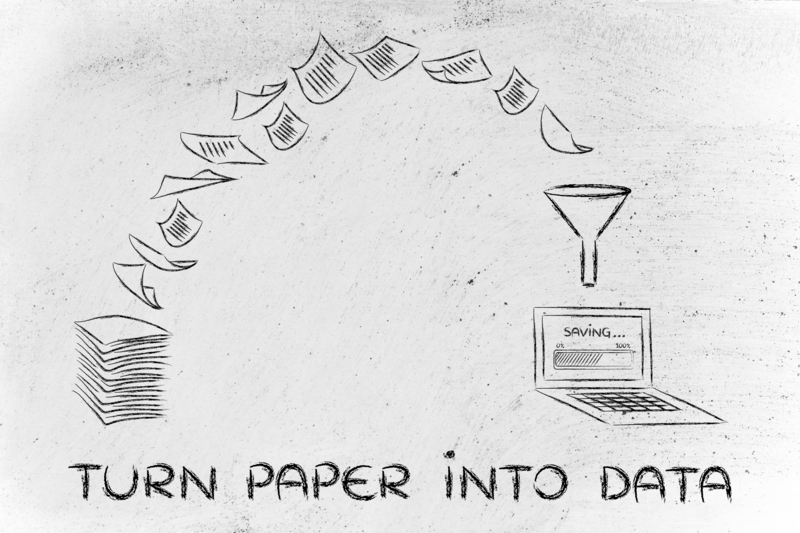Behaviors That Indicate Hoarding
Posted on 16/05/2025
Hoarding is a complex psychological condition characterized by the persistent difficulty of discarding or parting with possessions, regardless of their actual value. It can severely impact an individual's quality of life, leading to cluttered spaces and potential health risks. Identifying hoarding behaviors is essential for timely intervention and management. This article delves into the key behaviors that indicate hoarding, offers tips for managing such situations, and discusses the pros and cons of addressing hoarding.
Excessive Acquisition
One of the most prominent behaviors in hoarding is the excessive acquisition of items. People who hoard may frequently purchase or collect items they don't need, often leading to cluttered living spaces. This relentless accumulation can encompass various items, including clothes, newspapers, electronics, and even trash.

Difficulty Discarding Items
Individuals with hoarding disorder experience intense distress at the thought of discarding items. This behavior stems from a deep-seated emotional attachment to their possessions. They may believe that an item will be needed in the future or holds sentimental value, regardless of its current usability.
Cluttered Living Spaces
Hoarders often struggle with organizing their belongings, resulting in cluttered living spaces. Rooms that should be functional, like kitchens and bathrooms, become unusable due to the sheer volume of items. Pathways may be obstructed, increasing the risk of accidents and injuries.
Social Isolation
As hoarding behaviors worsen, individuals may become socially isolated. They may be embarrassed by their living conditions and avoid inviting friends or family over. This isolation can further exacerbate feelings of loneliness and depression.
Indecisiveness
People who hoard often exhibit extreme indecisiveness when it comes to managing their possessions. They may spend excessive time deliberating over whether to keep or discard an item, leading to procrastination and a buildup of clutter.
Persistent Anxiety
Anxiety is a common trait among hoarders. They may experience intense worry about losing important items or the fear that discarding possessions could lead to regret. This persistent anxiety contributes to the difficulty in letting go of belongings.
Impulsive Buying
Hoarders may engage in impulsive buying behavior, acquiring items without considering their necessity or utility. This impulsivity can lead to financial strain and further contribute to the accumulation of belongings.
Attachment to Possessions
An unusual attachment to possessions, where items hold significant emotional or symbolic value, is another indicator of hoarding. Hoarders may anthropomorphize their possessions, attributing them with human-like qualities and feelings.
Reluctance to Seek Help
Individuals struggling with hoarding often resist seeking help or intervention. They may deny the severity of their condition or fear judgment from others. This reluctance to seek assistance can hinder efforts to manage and overcome hoarding behaviors.
Pros and Cons of Addressing Hoarding
Addressing hoarding behaviors can have both positive and negative aspects:
Pros:
- Improved living conditions and functionality of spaces.
- Enhanced mental and emotional well-being.
- Reduced risk of health hazards and accidents.
- Better relationships with family and friends.
Cons:
- Initial emotional distress during the decluttering process.
- Cost of professional intervention or therapy.
- Potential resistance and setbacks in progress.
Tips for Managing Hoarding Behaviors
Managing hoarding behaviors can be challenging, but the following tips can help:
- Seek professional help from therapists specializing in hoarding.
- Start small by tackling one area or category of items at a time.
- Engage with support groups to share experiences and receive encouragement.
- Practice decision-making skills to improve confidence in discarding items.
- Create a schedule to regularly declutter and maintain organized spaces.

Takeaways
Recognizing hoarding behaviors is crucial for early intervention and effective management. Key behaviors include excessive acquisition, difficulty discarding items, cluttered living spaces, social isolation, indecisiveness, persistent anxiety, impulsive buying, attachment to possessions, and reluctance to seek help. Addressing hoarding can improve living conditions and overall well-being, though it may involve emotional and financial challenges.
Conclusion
Hoarding is a multifaceted condition that requires understanding and compassion. By identifying the behaviors associated with hoarding and seeking appropriate help, individuals can regain control over their living spaces and improve their quality of life. While the journey to manage hoarding behaviors may be challenging, the potential benefits far outweigh the temporary difficulties, fostering a healthier and more organized lifestyle.





